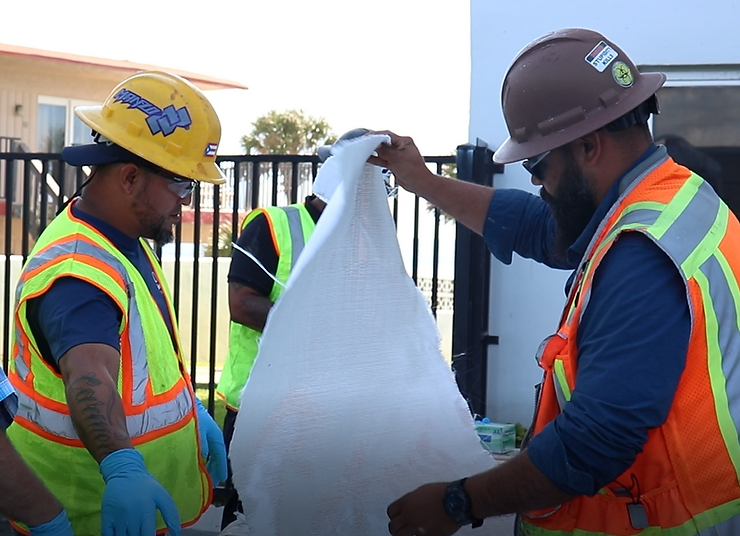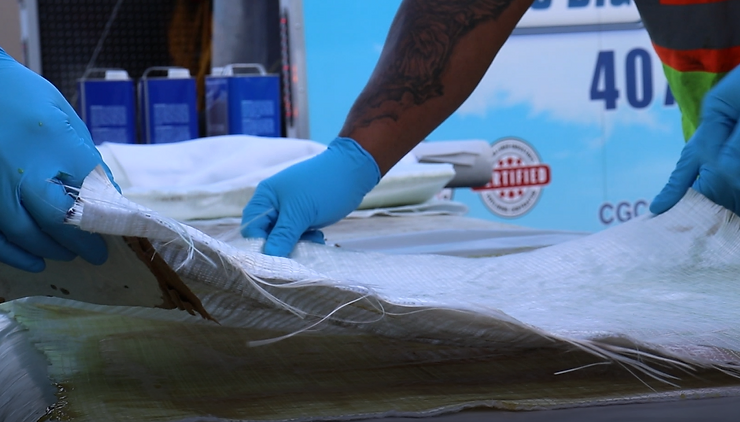During CIPP repair, air is introduced right into a pipe to open up the sewer sleeve and hold it against the inner wall of a pipe until it dries in position. The sewer sleeve is what holds the epoxy and enables it to be fed into a pipe without creating a mess. Pipelines are exceptionally versatile and also complex systems. Since most pipes are located underground, it can be tough to situate the root of the problem.
Using a Sewer Sleeve with CIPP

The sewer sleeves used in CIPP are made from tubular layers. The sleeves are non-woven felt with an exterior polyurethane layer. A CIPP wet out is when the surrender mix is filled right into the sewer repair sleeve. The sleeve then functions as a resin service provider introducing flexibility to the lining. This process increases the lifespan of a pipe system while also possibly preserving building structures and causing little to no damage to property.

Once the wet out is finished, the CIPP is transferred to the setup website. When the CIPP liner has arrived, it is placed into the host pipeline. After that, the pipelining is totally inflated by water or atmospheric pressure. Once completed, it is cured in this position. Epoxy itself can last ten to fifteen years without being cured. This process is done to preserve current pipes that have been damaged by leaks, cracks, intruding roots, and rust.




